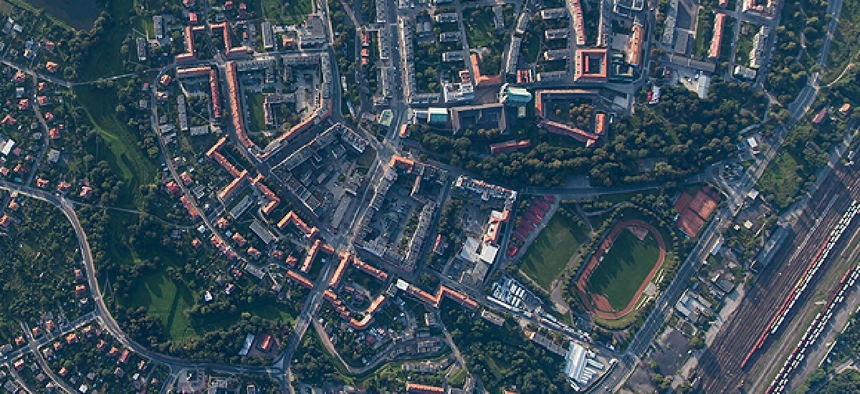NGA joins SpaceNet satellite imagery initiative

The National Geospatial-Intelligence Agency is joining a private-sector consortium that applies enhanced automation to geospatial intelligence.
The National Geospatial-Intelligence Agency, which provides imagery, geospatial information and analysis to the intelligence community, Department of Defense and others, is joining a private-sector consortium effort to help improve its services.
NGA said this month it will take part in SpaceNet, a collaboration among DigitalGlobe, In-Q-Tel’s CosmiQ Works and Nvidia that applies enhanced automation for geospatial intelligence. It offers a trove of free commercial satellite imagery and labeled training data available via Amazon Web Services with the goal of fostering “innovation in developing computer vision algorithms to automatically extract information from remote sensing data,” according to a post at AWS.
SpaceNet presents an opportunity to test and train new generations of analysis tools for sifting through massive data sets of imagery. SpaceNet’s current collection holds about 1,900 square kilometers of full-resolution 50-centimeter imagery collected from DigitalGlobe’s WorldView-2 commercial satellite. The dataset also offers 220,594 building footprints that SpaceNet said could be used as training data for machine learning. (The first location with building information released was Rio de Janeiro, site of the recent Olympics.)
Nvidia has used the SpaceNet data in its DIGITS GPU training system, which applies deep learning to automated building detection in the SpaceNet 3-band imagery. CosmiQ Works developed scripts to preprocess satellite imagery for machine learning frameworks and evaluation code to measure the effectiveness of object detection results.
NGA provides a variety of services, including its far-reaching Map of the World, which pulls together geospatial intelligence, imagery analysis and other factors to create a cloud-based foundation for multiservice integration of intelligence.
NGA said the collaborative initiative will help the agency refine and improve its own services. “We know that what got us here won’t get us to where we need to be in the future,” NGA Director Robert Cardillo said. “These new actors in our mission space are alive with energy and ideas that enhance our collective contribution to our national security. NGA cannot do it all by itself. We must rely on our partners in science, academia and industry to help us stay ahead of technology trends.”
The imagery on SpaceNet is GeoTIFF satellite imagery with GeoJSON used for building footprints. The post on AWS gives instruction on how to access the site.
This article was first posted on Defense Systems, a sister site to GCN.





